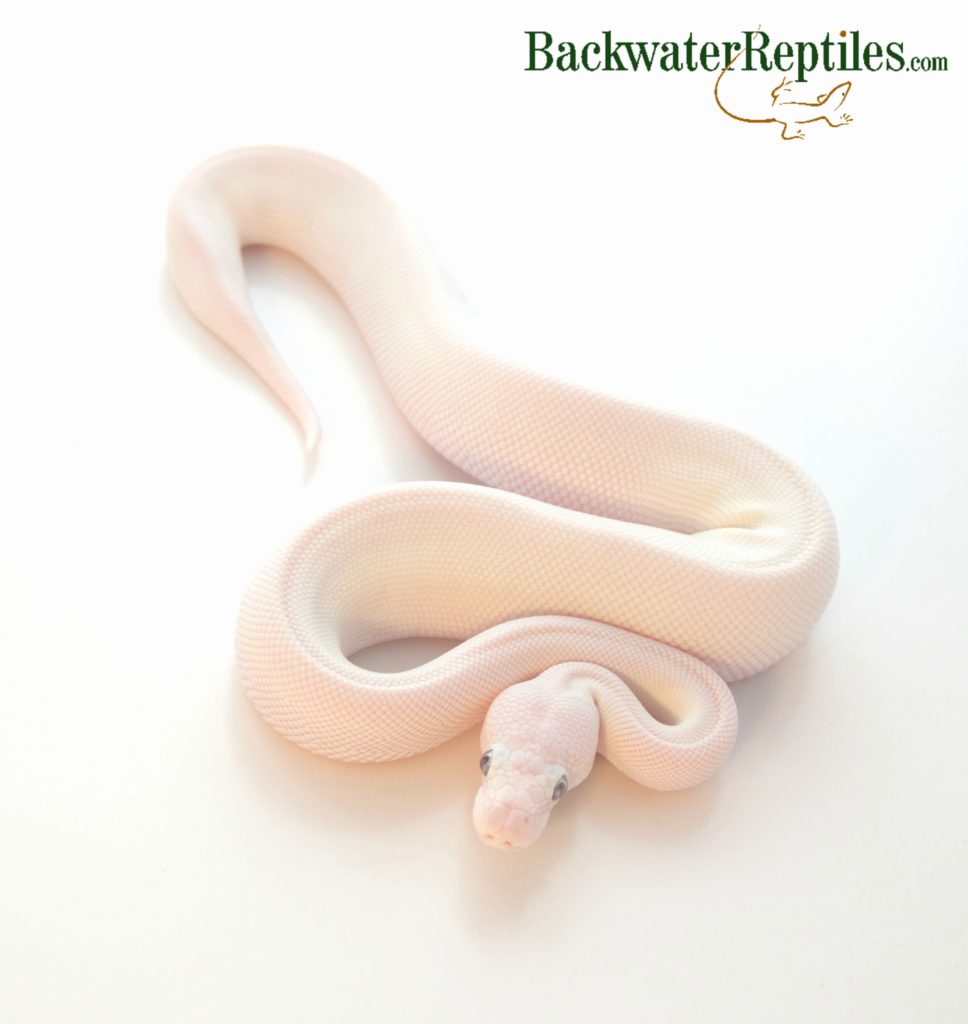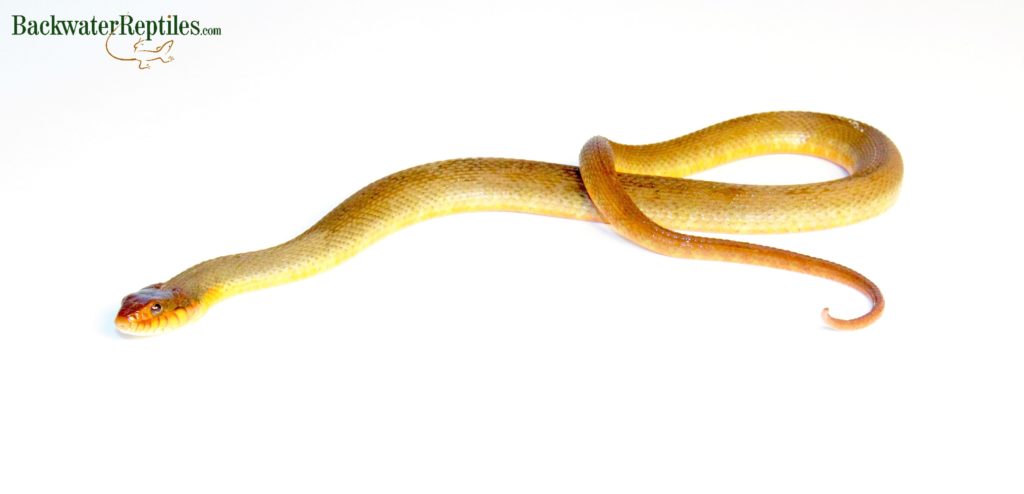Did you know that most pet snakes eat rodents in captivity? Depending on the size and species of snake, it could be eating mice, rats, or even rabbits!
Because there are several options when it comes to feeding your own pet snake, you might be wondering which option works best nutritionally for your own snake. Well, look no further! This blog article is dedicated to discussing the benefits and drawbacks to each type of feeder rodent and will help you make an educated and informed decision when it comes to making sure your own precious slithering snake friend receives the best diet.
In this blog article, we’ll answer questions such as:
What is the difference between feeding your snake mice or rats?
What size feeder rodent should I be giving my pet snake?
Should I feed my snake frozen or live feeder rodents?
Can I feed my pet snake food other than rodents?
Where can I buy feeder rodents for my pet snake?

Rats Versus Mice as Feeders
What is the difference between feeding your snake mice or rats?
There is much debate as to whether or not your pet snake should eat mice or rats. And honestly, there are nutritional differences, but the bottom line is that is comes down to personal preference of the snake’s owner as well as what species of snake you are feeding.
First of all, the most significant difference in nutritional value between rats and mice is that mice contain more fat than rats. Rats are leaner and higher in protein value. Both rodents are overall pretty comparable in terms of vitamins and minerals.
Keep in mind that different species of snake will also fare better on different types of feeders. The general consensus amongst reptile enthusiasts is that heftier bodied snakes such as pythons and boas benefit greatly from consuming rats on a regular basis. More slender species of snakes that are commonly kept as pets such as king snakes, corn snakes, and milk snakes are usually better off eating mice.
Because rats are higher in protein, this tends to mean that larger snakes with slower metabolisms (i.e. pythons and boas) can digest them more efficiently. They will overall receive more nutrients from any given meal and will ultimately require fewer feeding sessions.
Mice are great options for snakes that are more active such as the “slim” species we listed above. Due to their fat content, mice provide more immediate fuel that snakes with quick acting metabolisms can utilize and put to good use.
That isn’t to say that various species of snakes are unable to eat both types of rodent. Whether you opt for mice or rats, your snake should be getting everything it needs nutritionally, provided you feed it on a proper schedule.
What size feeder rodent should I be giving my pet snake?
Obviously, the size mouse or rat you feed your snake should change depending on the size of the snake being fed. You wouldn’t want to feed a hatchling corn snake a full-grown rat, nor would it make sense to give a full-grown ball python pinkie mice!
So then, what is the appropriate size rodent to give a snake?
The general rule of thumb that most snake owners follow is that you should feed your snake a rodent that is approximately the size of the thickest or most girthy part of your snake. Anything larger and you risk impaction or choking. Anything smaller and you risk underfeeding.
We’d like to point out that although you can certainly feed your snake rodents that are smaller than the thickest portion of the snake’s body, if you are doing so, you should probably be feeding the snake more than one rodent at a time. So, you can choose to feed several smaller rodents or one larger rodent in a single feeding session. Most snake owners would opt for a single larger rodent just for the sake of convenience, although both methods will ensure your snake doesn’t go hungry.
The only species of snakes that might need to eat feeder animals larger than adult rats would be Burmese pythons, anacondas, and/or reticulated pythons. These species of snakes can actually get large enough to eat rabbits!

Should I feed my snake frozen or live feeder rodents?
For the sake of safety and convenience, if you can feed your snake frozen/thawed rodents, we highly recommend doing so. Picky eaters excluded, all the snakes at the Backwater Reptiles facility that eat rodents are fed a diet of frozen/thawed mice.
Frozen rodents are easier to store. Rather than make a trip to the pet store to pick up a live mouse or rat every week or every other week, depending on the age of your snake, you can keep a supply of frozen rodents in your freezer at all times. Snake hungry? Thaw your rodent and you’re ready to go.
Because frozen rodents aren’t alive, it also means that you don’t have to worry about your snake being injured or bitten by the rodent during the feeding process. Not all snakes have the greatest aim and often times live rodents that can move out of striking range can be missed or awkwardly grabbed, resulting in the rodent being able to bite and claw your snake.
But again, we’d like to stress that some snakes are picky eaters and won’t even eat rodents that have been previously frozen. So, if your snake denies frozen rodents, it does become necessary to feed it using living rodents and there is absolutely nothing wrong with that. We just recommend sticking around for the entire feeding process and making sure that your snake isn’t in any danger.
Can I feed my pet snake food other than rodents?
Not all snakes eat rodents. In fact, many species eat other small vertebrates. There are even some very, very small species of snake that eat invertebrates!
Feeder fish such as minnows and goldfish are an option for certain snake species. Amphibians such as frogs and toads are also often consumed by species such as garter snakes, ribbon snakes, and water snakes.

Very small snake species such as ringnecks and Bimini blind snakes are too tiny to eat even normal sized invertebrates. In captivity, they often eat earthworms and other appropriately sized prey.
However, most species of snake that are kept as pets do eat rodents, so in general, it’s safe to assume that you won’t have to feed your own pet snake anything other than mice or rats.
Where can I buy feeder rodents for my pet snake?
Luckily, most commercial pet stores do sell both frozen feeder rodents and living feeder rodents.
Ultimately, the best place to buy your feeder rodents if you own just a single snake is probably your local pet store. Purchasing one live rodent at a time or several frozen ones to keep in your freezer is usually sufficient for most normal herp hobbyists.
If you own many snakes or if you breed them or plan on starting a breeding project, it could definitely be beneficial to buy frozen rodents online in bulk. Backwater Reptiles does sell frozen feeder rats and mice in various sizes, however they are sold in large quantities rather than being available to purchase individually like they are in most pet stores.
Conclusion
As we’ve already mentioned before, it is very much a personal preference as to what type of rodent you feed your own pet snake. Many snakes thrive on feeder mice their entire lives and there are no negative consequences to feeding one over the other.
There is no “right” diet for any given snake. In fact, some snakes are such picky eaters that as an owner, you might have no choice but to feed your snake a single prey item its entire life. The information provided in this article is simply meant to serve as a guideline, answer some commonly asked questions, and hopefully inform potential snake owners what to expect in terms of feeding their new herp friend.
